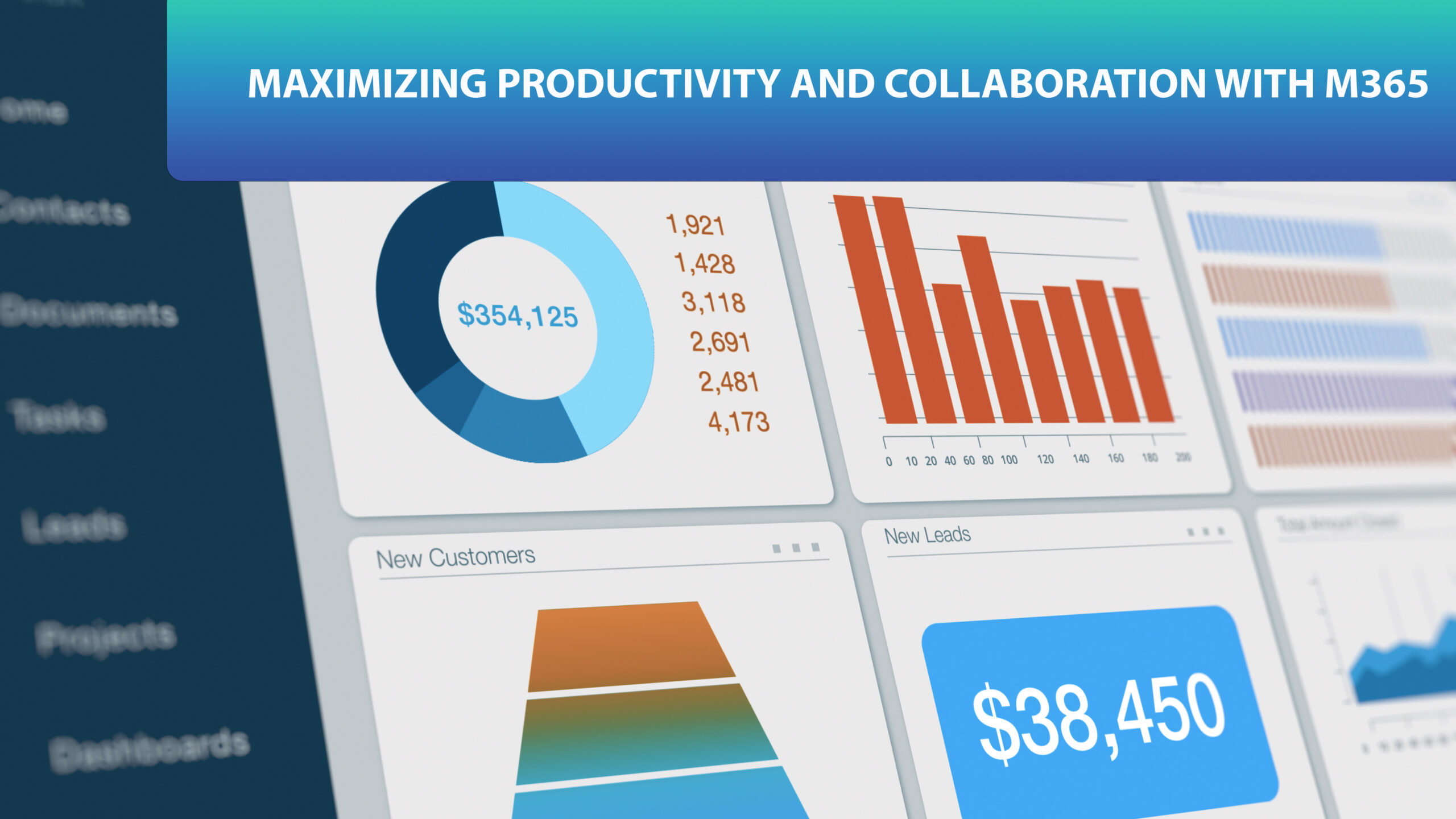
Young workers are enthusiastic, productive, versatile, and eager to learn, making them a great asset to your business during the hectic summer months. But teens are also inexperienced and unfamiliar with health and safety. They may not feel comfortable speaking up if they see something unsafe, may act before thinking of long-term consequences or believe they are immune to harm.
While they make up only 13% of the workforce, young workers account for 16% of WSIB lost time injury claims and are three times more likely to experience an injury during their first month on the job.
As an employer, it’s your job to keep your young workers safe. That means having robust orientation and training that considers a teen’s unique traits.
“An accident involving a young person takes a huge toll,” says Shawn Chadwick, WSPS Small Business Account Representative. “Besides the worker, their co-workers, community and family are all affected. As for your business – your WSIB premiums could go through the roof, a Ministry inspector could visit and issue orders or fines, and your reputation could be damaged, adding to staffing issues already being felt across the province.”
So how can you ensure the health and safety information you provide in your orientation and training sticks with young employees? Follow Shawn’s tips.
15 tips to help young workers retain health and safety information
- Make sure you have safety policies and programs in place before hiring young workers. “Enforce your workplace policies and follow up on concerns in your workplace ahead of hiring young workers. This will set the tone of a good safety culture,” says Shawn. “Young workers will look to their coworkers for guidance. You don’t want them observing unsafe behaviours and believe the behaviour is normal or acceptable.”
- Ensure your orientation and training are thorough. When it comes to orientation and training programs, remember it’s not enough to give young workers policies to read and say, ‘I’ll come back in two hours and then you can start your job.’ Young workers may not understand or absorb the material. See training tips below.
- Send HR-related paperwork to young workers ahead of time. “The amount of information they need to absorb during orientation can be overwhelming,” says Shawn. “This takes some things off their plate and helps shorten the day.”
- Put health and safety first on the agenda during orientation. “Orientation can take hours. It’s best to convey health and safety information when brains are not bogged down with a lot of other information.”
“While workers are required to take online Health and Safety Awareness Training, this is not a substitute for proper orientation and training,” says Shawn. Orientation should cover legislated responsibilities, including the Workplace Hazardous Materials Information System (WHMIS), duties of supervisors, workers and employers, the Internal Responsibility System (IRS), workers’ rights and the unique hazards of the workplace.
- Schedule breaks during the training. Providing breaks allows learners to regain focus and keep their brains fresh in the new learning environment.
- Set the tone during orientation. Reinforce your company’s health and safety culture, and your expectation that every employee will work safely, follow procedures, and report hazards. “Also address young workers’ beliefs and insecurities,” says Shawn. “For example: ’We don’t expect you to be superheroes – we understand that you are not going to be perfect right out of the gate and expect and encourage you to ask questions if you are not sure of something.’” “This helps prevent young workers from trying to figure things out on their own, which can lead to incidents and injuries,” says Shawn.
- Don’t use acronyms or jargon. “While acronyms can be useful once you know your subject, to someone new to health and safety, terms like WHMIS and IRS can be intimidating and confusing, “ says Shawn. Use the full name the first few times: Workplace Hazardous Materials Information System, and Internal Responsibility System, etc. Also define unclear terms, such as ‘centre of gravity’, in forklift training.
- Explain the consequences of not following safety rules. “Be very clear about what could happen,” says Shawn. “For example, If you take a guard off of a machine without proper safety precautions, you could become entangled and possibly lose a finger or an arm.”
- Reduce anxieties at the start of training. “Young people are in anxious mode during their first job, which can affect their ability to actively listen,” says Shawn. “Do everything you can to get anxiety out of the room.” Introduce yourself and provide a quick anecdote about yourself. Then ask others in the room to do the same. “Keep it very personable before launching into the material.”
- Encourage young workers to ask questions. “Asking young workers questions, such as ‘where in the facility do you think this issue might come up’ will help them make vital connections,” says Shawn. “It might take them a while to answer, so be patient. And, if nobody answers your question, you may have just discovered a gap in your training. Review the information again in a different way.”
After training is complete, continue building relationships with workers by following up with them and checking in on their progress.
- Use common analogies to make complicated topics more relatable. For example, while providing instruction on the IRS, Shawn suggests asking young workers what their favourite sport is. “Take that sport and go through everybody’s role on the team to illustrate the concept that everybody plays a role in making the team successful. Then apply that analogy to the roles of worker, supervisor and employer in the IRS.”
- Verify that learning has taken place. Quizzes, true or false questions, or contests can be used after training sessions to confirm learning; however, Shawn suggests the best way to show an understanding of how to do a job safely is to have them demonstrate it.
- Be sure your supervisors are trained and “competent”. A supervisor has specific duties under the Occupational Health and Safety Act for keeping workers safe and can be held liable if a worker is injured. The employer must make sure their supervisors are able to take on this role.
- Pair each new employee with an experienced one. Whether you call the person assisting your young worker a mentor, a buddy, or a coach, choose someone who is competent and has a track record of following safety rules. “Young workers may be shy and uncertain, forget what they’ve learned, and work more slowly. Ensure you pair them with someone who is not only knowledgeable but also has good people skills and is patient,” advises Shawn.
- Repeat, repeat, repeat. Young workers’ lives are full of distractions, and their concentration skills may not be fully developed. Repeat health and safety messages frequently in different ways, using different tools, to ensure understanding and expectations.
How WSPS can help
Need more support? Our expert consultants can provide onsite training for your supervisors as you prepare to welcome young workers in your workplace. Connect with a consultant.
Training
- Managing Hazards & Risks (3.5 hours, Online Instructor-Led eLearning)
- Health and Safety Awareness for Ontario Workers (1 hour, eCourse)
- Orientation on Health and Safety for New Workers (1.5 hour, eCourse)
- Supervisor Responsibilities and Due Diligence (4 hours, Online Instructor-Led eLearning)
Videos
- Quick Safety Tips: Who are new and young workers?
- Quick Safety Tips: When should new and young workers receive training?
Articles and Downloads
- 4 tips to protect young workers — and your business (article)
- Protecting new and young workers: this orientation tool sets the bar
- Vulnerable Workers Health and Safety Awareness (article)
- New and Young Workers Poster
- Show new & young workers that safety is part of your organization’s DNA (CEO Health+Safety Leadership Network blog)
First Job, Safe Job: Helping parents keep kids safe at work
First Job, Safe Job is a blog created by WSPS for parents and caregivers to access practical safety information and resources they can share with teens and young adults they care about. It provides parents with creative ways to pass on important messages and tips to their kids in conversations that matter.


























